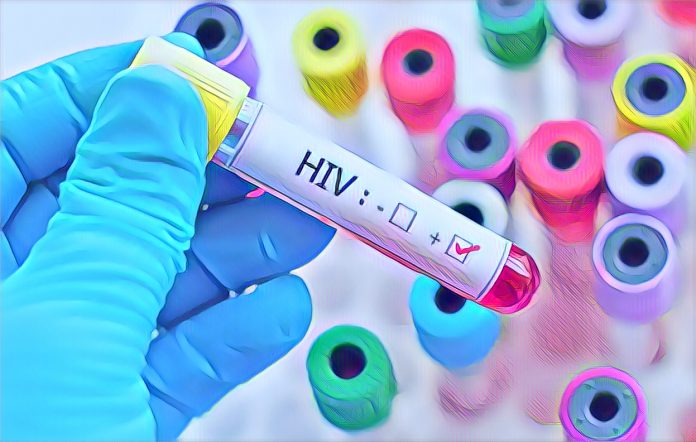Akwa Ibom State continues to grapple with a high prevalence of HIV/AIDS, even amid widespread awareness campaigns by the government and various donor agencies.
The Nigeria HIV/AIDs Indicator and Impact Survey (NAIIS) ranks Akwa Ibom as the state bearing the heaviest HIV burden, reflecting a 5.5% rate. This alarming statistic stands in stark contrast to concerted efforts to educate the public and reduce transmission.
According to the 2022 Akwa Ibom State program data, approximately 240,000 individuals are undergoing HIV/AIDS treatment. The data highlights a notable gender disparity in infections, with women particularly affected. Young adult females, ages 20-24, display a prevalence rate of 1.3%, nearly four times that of their male counterparts.
The state has made some strides, with the 2021 report by the Akwa Ibom State Ministry of Health indicating a decline in the prevalence rate to 4.4%. However, final confirmation from NACA is pending.
According to a report by the Daily Post, Dr. Edith Mathias Igbemi stressed the need for more awareness regarding preventive measures. She pinpointed specific areas in Akwa Ibom, including Ikono and Uyo, among others, that are hotspots for high HIV prevalence.
While the state progresses in detecting and treating HIV/AIDS cases, challenges persist. Mrs. Cecilia Ekanem, a health professional in Uyo, underscored the importance of antenatal care and early testing, especially for pregnant women. Exclusive breastfeeding for HIV-positive mothers is also emphasized as a measure to prevent mother-to-child transmission.
Dr. Enobong Akpan, Manager of AKSACA, emphasized the need to address stigmatization, a significant barrier to testing and treatment. He advocated for anti-discrimination laws and said, “Any organization stigmatizing an HIV-positive person should face sanctions.”
Gideon Solomon of the Heartland Alliance highlighted limited access to preventive resources as a concern. He stressed the importance of consistent testing and following prevention guidelines.
As Akwa Ibom battles this health challenge, collective efforts, and sustained interventions remain crucial.



